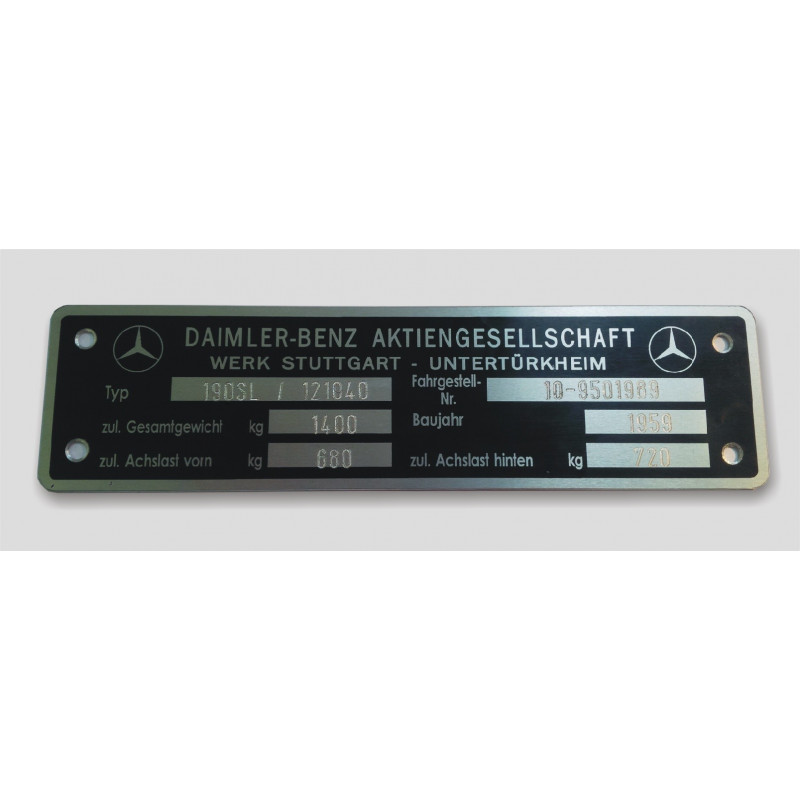 Mercedes is a brand that has become synonymous with luxury, engineering excellence, and performance. The company has a rich history that dates back to the late 19th century, and its story is one of innovation, determination, and success.
Mercedes is a brand that has become synonymous with luxury, engineering excellence, and performance. The company has a rich history that dates back to the late 19th century, and its story is one of innovation, determination, and success.
The origins of Mercedes can be traced back to 1886, when Karl Benz invented the first gasoline-powered automobile. Benz's invention was a significant breakthrough in the world of transportation, and it quickly caught the attention of investors and entrepreneurs. Among those who saw the potential in the new technology was Emil Jellinek, a businessman and racecar driver who was based in Nice, France.
Jellinek was an early adopter of the automobile and saw its potential as a means of transportation for the wealthy. In 1900, he approached Karl Benz and proposed a partnership to create a new car that would be designed specifically for wealthy customers. Benz agreed, and the two men began working together to create what would become the Mercedes 35 HP.
The Mercedes 35 HP was a luxury car that featured a powerful engine, elegant design, and advanced technology. It was a hit with customers, and Jellinek quickly began to build a reputation as a leader in the luxury car market. In 1902, Jellinek decided to change the name of his company to Mercedes, after his daughter, Mercedes Jellinek.
Mercedes continued to innovate and improve its cars throughout the early 20th century. In 1926, the company introduced the Mercedes-Benz SSK, a powerful sports car that featured a supercharged engine and advanced suspension system. The SSK was a hit with customers and quickly established Mercedes as a leader in the sports car market.
In the 1930s, Mercedes continued to push the boundaries of technology and design with the introduction of the Mercedes-Benz 770. This car was a luxury limousine that featured a powerful engine, advanced suspension system, and elegant design. It was a favorite of wealthy customers and politicians and was used by many heads of state around the world.
In the years leading up to World War II, Mercedes was a leading player in the luxury car market, with a reputation for quality and innovation. However, the outbreak of war in 1939 brought the company's operations to a halt, and it was forced to shift its focus to the production of military vehicles.
Despite the challenges posed by the war, Mercedes managed to survive and emerge as a powerful force in the automotive industry. Today, the company continues to produce some of the world's most advanced and luxurious cars, and its legacy lives on as one of the most respected and admired brands in the world.
Mercedes-Benz is a German luxury automobile manufacturer that has been in operation since 1926. The company has a rich history and has been through many changes since its inception. However, one of the most significant periods in the company's history was after 1944. In this article, we will explore the history of Mercedes-Benz after 1944, highlighting the company's major milestones, innovations, and challenges.
After World War II, Mercedes-Benz was forced to rebuild its manufacturing facilities, which had been heavily damaged during the war. The company had to start from scratch and was not able to produce cars for several years. However, the company quickly got back on its feet and by 1951, it had resumed production of its luxury automobiles.
 One of the first cars that Mercedes-Benz produced after the war was the 170S. The car was a small, compact sedan that was designed to be affordable for the average consumer. The 170S was a huge success and helped to establish Mercedes-Benz as a leading producer of luxury automobiles.
One of the first cars that Mercedes-Benz produced after the war was the 170S. The car was a small, compact sedan that was designed to be affordable for the average consumer. The 170S was a huge success and helped to establish Mercedes-Benz as a leading producer of luxury automobiles.
In the 1950s, Mercedes-Benz began to focus on developing new technologies and innovations. The company introduced the first diesel-powered car, the 180D, in 1955. The car was a major breakthrough in the automotive industry and helped to establish Mercedes-Benz as a leader in diesel technology.
In the 1960s, Mercedes-Benz continued to innovate and introduced the first car with a fuel-injected engine, the 300SL. The car was a high-performance sports car that was designed to compete with other luxury sports cars such as Ferrari and Porsche. The 300SL was a huge success and is still considered to be one of the most iconic cars in the company's history.
In the 1970s, Mercedes-Benz continued to innovate and introduced the first car with an airbag, the S-Class. The car was a major breakthrough in automotive safety and helped to establish Mercedes-Benz as a leader in safety technology. The S-Class was also the first car to feature a self-leveling suspension, which helped to improve the car's handling and ride comfort.
In the 1980s, Mercedes-Benz continued to innovate and introduced the first car with an anti-lock braking system, the S-Class. The car was a major breakthrough in automotive safety and helped to establish Mercedes-Benz as a leader in safety technology. The S-Class was also the first car to feature a self-leveling suspension, which helped to improve the car's handling and ride comfort.
In the 1990s, Mercedes-Benz continued to innovate and introduced the first car with a GPS navigation system, the S-Class. The car was a major breakthrough in automotive technology and helped to establish Mercedes-Benz as a leader in navigation technology. The S-Class was also the first car to feature a self-leveling suspension, which helped to improve the car's handling and ride comfort.
In the 2000s, Mercedes-Benz continued to innovate and introduced the first car with a hybrid powertrain, the S-Class. The car was a major breakthrough in automotive technology and helped to establish Mercedes-Benz as a leader in hybrid technology. The S-Class was also the first car to feature a self-leveling suspension, which helped to improve the car's handling and ride comfort.
In conclusion, Mercedes-Benz has a rich history and has been through many changes since its inception. However, one of the most significant periods in the company's history was after 1944. The company has been a leader in automotive innovation and technology, introducing many firsts such as diesel-powered cars, fuel-injected engines, airbags, anti-lock braking systems, GPS navigation systems and hybrid powertrains. Despite the challenges faced after World War II, Mercedes-Benz was able to rebuild and continue to innovate, establishing itself as one of the leading luxury automobile manufacturers in the world. Today, Mercedes-Benz continues to push the boundaries of automotive technology, with a focus on electric and autonomous vehicles. The company's commitment to innovation and quality has made it a household name and a symbol of luxury and excellence. As Mercedes-Benz continues to evolve and adapt to the ever-changing automotive industry, we can expect to see even more groundbreaking innovations and technologies in the future. The history of Mercedes-Benz after 1944 shows us how the company has been able to adapt and overcome challenges, making it a true symbol of resilience and innovation
